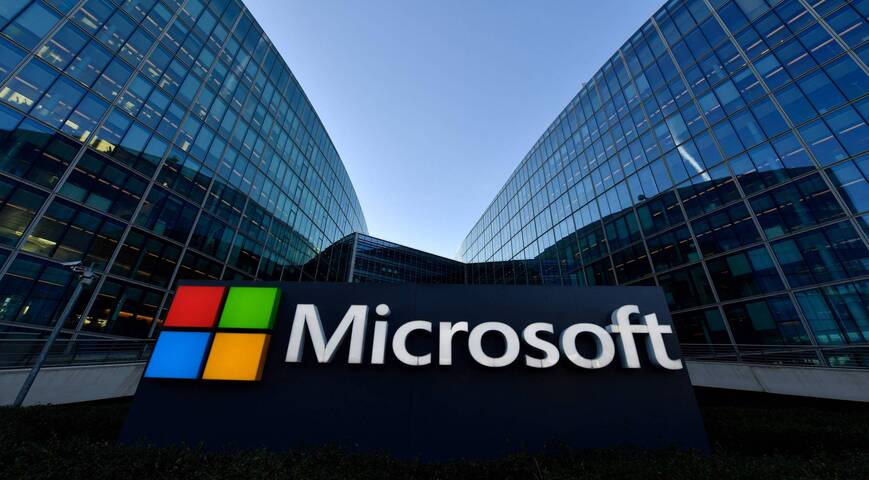Microsoft announced on Tuesday that it will reduce its workforce by nearly 6,000 employees—less than 3% of its global staff—as part of a broader strategy to control expenses while heavily investing in artificial intelligence (AI).
The layoffs will affect staff across all departments and regions and mark the largest round of job cuts since the company eliminated 10,000 positions in 2023.
Although Microsoft conducted a small round of performance-based layoffs earlier this year, the latest job reductions are unrelated to those, according to a report by CNBC, which first broke the news.
Like other tech giants, Microsoft is realigning its business strategy to prioritize artificial intelligence, considered the next major driver of innovation and growth. While expanding AI capabilities, the company is simultaneously trimming costs to maintain healthy profit margins. Google, another major player in the AI space, has also cut hundreds of jobs over the past year to focus resources on AI development.
“As we adapt to a rapidly evolving marketplace, we are making organizational adjustments to ensure Microsoft remains well-positioned for long-term success,” a spokesperson for the company stated in an email.
Did you read this?
Microsoft, which employed approximately 228,000 people as of June last year, routinely shifts its workforce to align with strategic goals. This latest move comes shortly after the company reported strong earnings, particularly in its Azure cloud business, which outperformed analyst expectations in the most recent quarter. These results helped ease investor concerns amid a volatile economic environment.
However, building out infrastructure to support large-scale AI services has come at a cost. Microsoft Cloud's operating margins dropped to 69% in the March quarter, down from 72% the previous year.
To support its AI expansion, Microsoft has allocated \$80 billion in capital expenditures for this fiscal year, with a significant portion directed toward data center growth to handle increased AI demand.
D.A. Davidson analyst Gil Luria noted that the layoffs signal Microsoft’s effort to manage profit margins tightly amid soaring AI infrastructure costs. “At this level of annual investment, Microsoft may need to cut up to 10,000 jobs each year to offset the rising depreciation costs tied to their capital expenditures,” Luria commented.









